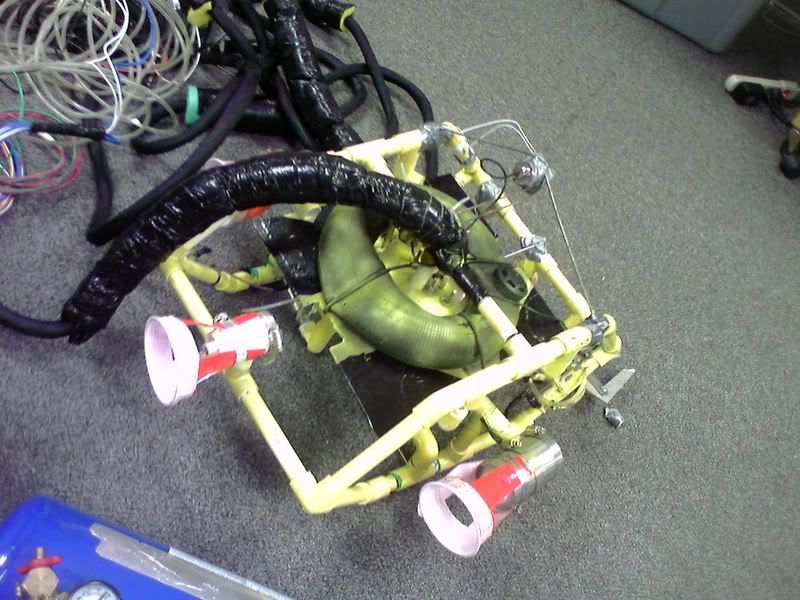Technology and the Environment
More and more frequently we are turning to the ocean to replace supplies of resources we have already depleted on land, specifically water and energy. If we are not responsible in the way that we go about our efforts we may severely damage the ocean chemistry. Why you ask does that matter? The ocean is responsible for a significant amount of the oxygen we breathe. You are connected to the ocean with every breath you take regardless of where on the planet you live. There has been recent research by the folks who brought us the Genome Project that indicates that the genetics of the phytoplankton is specific to the area in which it is found. What that means is that if we change the chemistry of the ocean even in a confined location we may in fact be greatly reducing the overall diversity of species some of which are producing the air we breathe!. Who knew? The full text of the article can be found here.
Regardless of the method used, there is always a highly concentrated waste
product consisting of everything that was removed from the created "fresh
water". These concentrates are classified by the U.S. Environmental
Protection Agency as industrial wastes. With
coastal facilities, it may be possible to return it to the sea without harm if
this concentrate does not exceed the normal ocean salinity gradients to which osmoregulators are
accustomed. Reverse osmosis, for instance, may remove 50% or more of the water,
doubling the salinity of ocean waste.
The hypersaline brine has the potential
to harm ecosystems, especially marine
environments in regions with low turbidity and high evaporation that already
have elevated salinity. Examples of such locations are the Persian
Gulf, the Red
Sea and, in particular, coral lagoons of atolls and other tropical islands around the
world. Because the brine is more dense than the surrounding sea water due to the
higher solute concentration, discharge into water bodies means that the
ecosystems on the bed of the water body are most at risk because the brine sinks
and remains there long enough to damage the ecosystems. Careful re-introduction
attempts to minimize this problem.
The benthic community cannot accommodate such an extreme change and many filter-feeding animals are destroyed when the water is returned to the ocean. This presents an increasing problem further inland, where one needs to avoid ruining existing fresh water supplies such as ponds, rivers and aquifers. As such, proper disposal of "concentrate" needs to be investigated during the design phase.







No comments:
Post a Comment